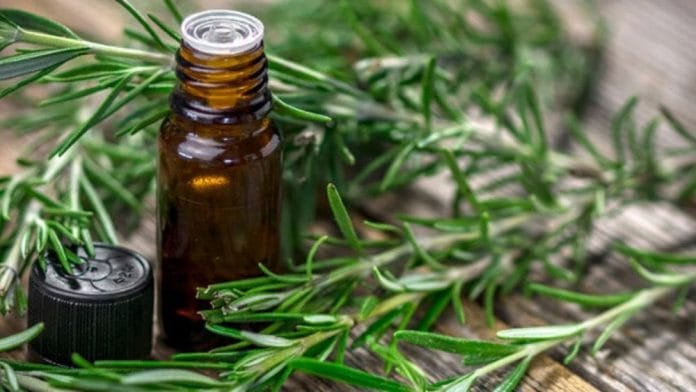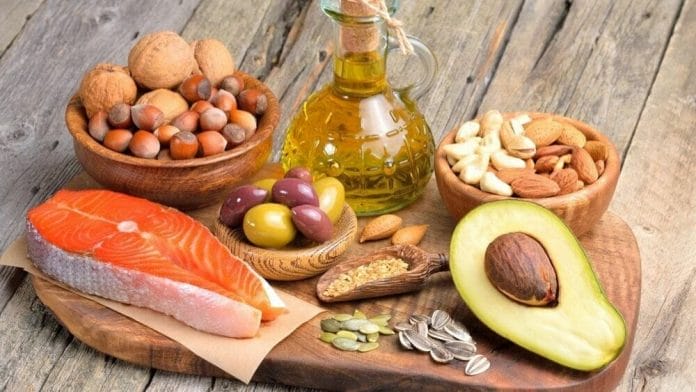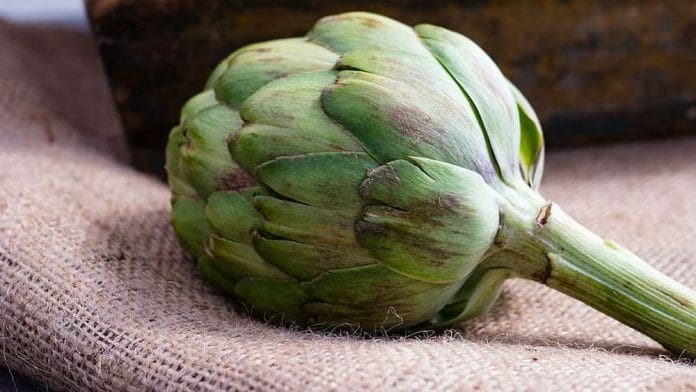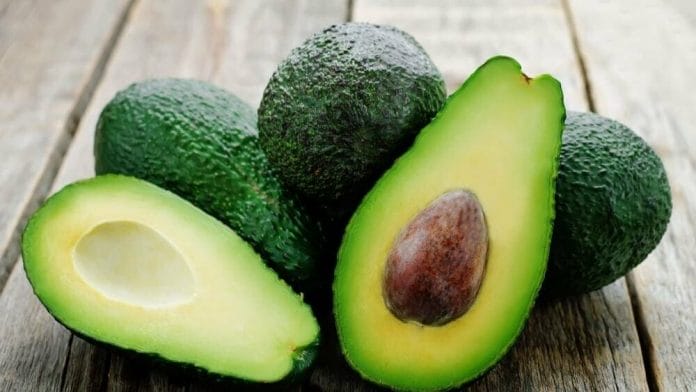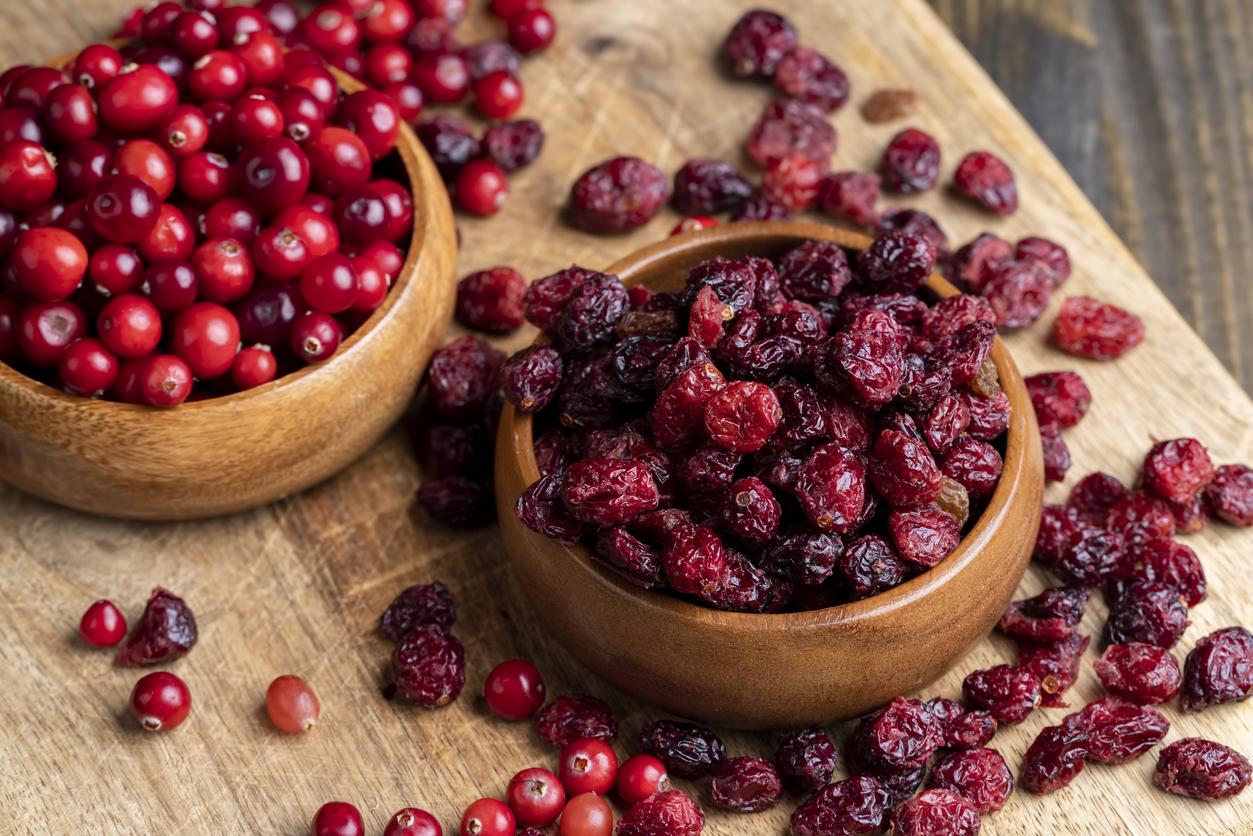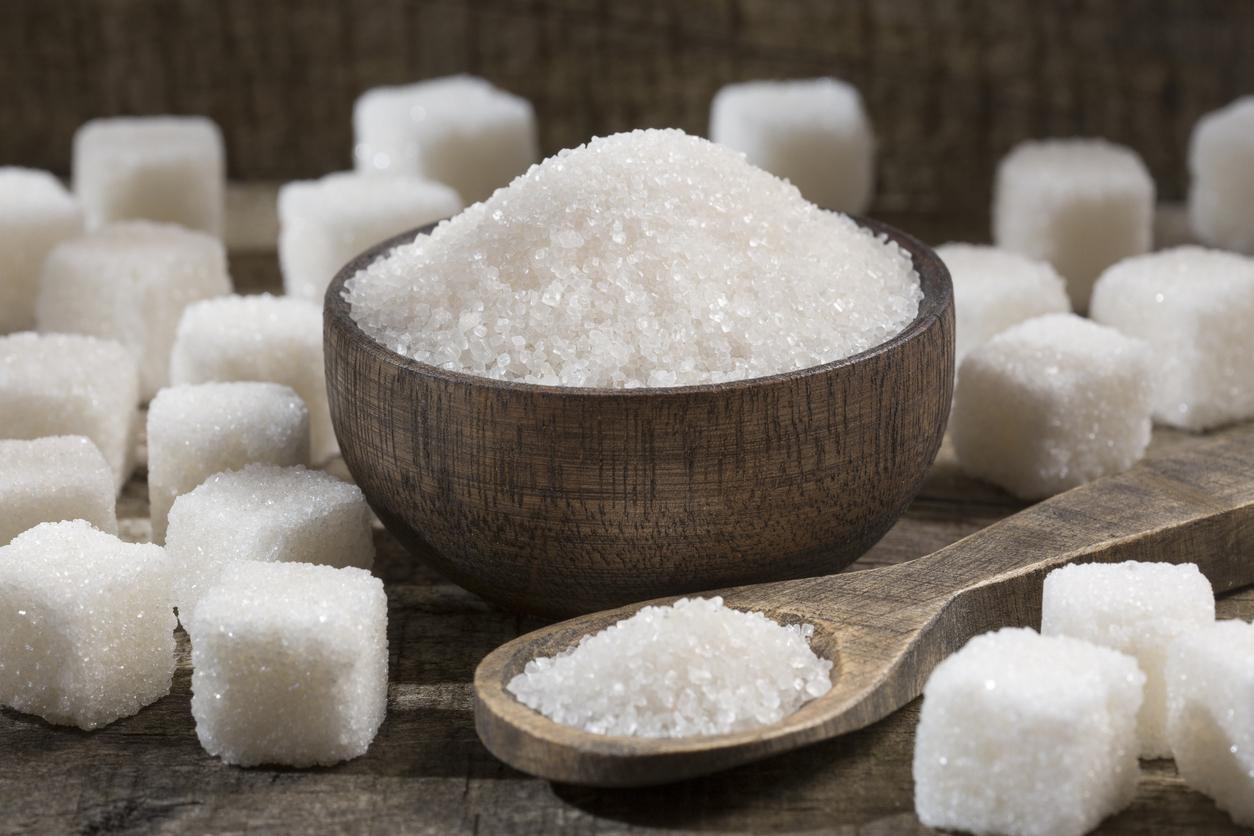Eating cholesterol-lowering foods, easier said than done. What to eat exactly? How many times per week ? How to eat healthy without feeling on a diet? Our recommendations to get rid of bad fat and promote what is good for your arteries…
The hunt for fat is no longer relevant. The lipids are major nutrients, which we absolutely need. How to regulate the overall cholesterol level and above all maintain a good balance between HDL and LDL ?
How to prevent bad cholesterol?
By choosing dietary fats better, but also by balancing the diet, avoiding consuming too much sugar and carbohydrates fast, by increasing the consumption of fibers which trap cholesterol in the digestive tract, and by favoring antacid foods.
First recommendation: go easy on the sugar. White sugar, sweets, pastries (especially industrial ones), sodas… provide the body with large quantities of fast sugars which unbalance the metabolism.
We now know that they have an effect on cholesterol management. In addition, they are acidifying, which intensifies the micro-inflammatory states involved in the cardiovascular risk. In practice, avoid white sugar and replace it with whole sugar or agave syrup.
Also avoid industrial products (sweets, confectionery, pastries, pastries, sodas, etc.), including ready-made salty dishes that contain hidden sugars. Prefer it whole wheat bread or semi-complete, just like rice or pasta, which is also better to choose complete.
To reduce its cholesterol level, it is therefore essential to modify your diet. So here are 7 recommendations for cholesterol-lowering plants and foods that will help you hunt down cholesterol. bad fats.
1- Omega 3
All fats are made up of components, fatty acids, some of which promote the production of “good” cholesterol to the detriment of the “bad”. The Omega 3 are the main ones. In addition, they have an effect anti-inflammatory.
They are mainly found in vegetable oils, especially those of rapeseed, flax, camelina and walnuts. L’Colza oil is best for cooking, the others for seasoning.
You will also find Omega 3 in oily fish (tuna, salmon, sardines, mackerel, etc.), which are preferable to meat as part of a cholesterol-lowering diet.
In practice, prefer seafood to meat, cook with rapeseed oil orolive (which tolerate heat well) and use other raw vegetable oils as seasonings.
2. Oysters and shellfish
It was once thought that certain shellfish and seafood, including oysters and mussels, contained a lot of cholesterol. We now know that this is false and that they contain another type of fat: sterols. So not only oysters are not recommended, but they would even lower hypercholesterolemia. A quality to add to their low caloric intake and their richness in phosphorus, iron, zinc or selenium…
-
Green tea -
-
Red yeast rice
-
Rosemary essential oil
-
Garlic
-
Omega 3 -
-
-
Lawyer
3- Dietary fibers
These constituents of plants trap some of the cholesterol present in the intestine at the end of digestion. This naturally reduces the rate of cholesterol.
In practice, increase your fruit intake and fresh vegetabless, as well as legumes (beans, lentils, etc.). Prefer whole or semi-whole grains which are much richer in fibers than refined grains.
4- The artichoke among cholesterol-lowering foods
Thanks to its cynarin content (present in its leaves), the artichoke is one of the great cholesterol-lowering foods. In addition, the dietary fibers it contains are good for the intestinal flora. That’s good because one of the bacteria present in our flora is a cholesterol eater that it transforms into coprostanol, a directly eliminable form.
5- Red yeast rice
The red yeast rice participates in the regulation of blood cholesterol levels and is therefore one of the anti-cholesterol foods. It contains natural substances close to statins (the cholesterol-lowering drug the most prescribed). It therefore reduces cholesterol levels, especially LDL.
But this yeast should be taken with caution. You can find red yeast rice packaged in capsules. Do not exceed the doses recommended by the manufacturer to avoid any side effects.
Also proceed in renewable three-month cures. Caution: do not take red yeast rice if you are already under drug treatment, because the effects could then prove to be very harmful.
6- Green tea
Several studies have shown that regular consumption of green tea helps regulate blood cholesterol levels. You can drink up to 1 liter per day, slightly infused (3 to 4 min). In addition, he is diuretic which promotes renal elimination.
the green tea contains polyphenols, flavonoids and catechins, powerful antioxidants. It has the reputation of being good for the brain and of preventing cardiovascular diseases, cancers and diabetes. Like most caffeinated herbs, green tea helps you stay lean. It has the property of increasing lipolysis (degradation of certain fats) and thermogenesis (body heat production).
Oysters are low in calories and rich in protein and iodine. They were long thought to contain a lot of cholesterol, but they are actually phytosterols, which help lower blood cholesterol levels.
7- Soy lecithin
On the food supplement side, soy lecithin contributes to the regulation of blood cholesterol levels. It works on several levels. During the digestionit emulsifies the fats, which makes them easier to digest and improves their assimilation by the cells. There is therefore less fat circulating in the blood.
Then, it slows down the deposit of blood fats on the arteries and prevents their oxidation. Finally, it increases the level of good cholesterol to the detriment of the bad. It is found in the form of loose powder (to be added to yogurt or compote) or packaged in capsules. It is advisable to take 1.5 g per day, for a course of three months renewable.
8. Lentils and other pulses
Consumption of legumes helps control blood sugar and cholesterol levels in the blood. Legumes are therefore real cholesterol-lowering foods. In addition, these foods (lentils, dried beans, chickpeas, etc.) are low in lipids, a significant asset for health.
9. Tomatoes rich in lycopene
In the family of carotenoids, we can also mention lycopene, the pigment that gives tomatoes their beautiful red color. Studies have shown it to be effective in fighting bad cholesterol: consuming 25 mg of lycopene per day would reduce bad cholesterol by 10%.
Note that lycopene is all the more active if it is cooked with a vegetable oil. The quantity of 25 mg can therefore be quickly reached with 50 g of tomato sauce on pasta or 300 ml of tomato juice.
10. Red fruits
Consumption of red berries like blueberries or raspberries has been associated with lower LDL, increased HDL, and reduced chronic inflammation. This also contributes to the reduction of cancers in connection with an increase in vascularization. Red fruits are therefore part of cholesterol-lowering foods.
11- The lawyer
The avocado is rich in fats but in unsaturated fats: monounsaturated fatty acids which lower cholesterol and polyunsaturated fatty acids including omega-3 which do not raise cholesterol levels.
In addition, it contains phytosterols, plant components that look like cholesterol but prevent the body from absorbing the cholesterol present in the diet.
12- Garlic among cholesterol-lowering foods
Food or medicinal plant? In any case, thegarlic is your friend cardiovascular system and the enemy of your cholesterol. A double benefit. This vegetable is often used as a condiment to spice up dishes because it has a strong smell.
Garlic is low in calories and packed with minerals. It is good as part of a slimming diet and also promotes elimination of urine. It is often used in chopped or crushed form in cooking dishes and this helps to give an accentuated flavor.
Eat garlic often if you enjoy its flavor. Otherwise (or in addition), you can take garlic capsules in renewable three-week cures.
13- Rosemary essential oil
Okay, it’s not really an anti-cholesterol food since it’s an essential oil! Rosemary essential oil is the cholesterol-lowering champion. It is effective by internal way. But this mode of use is delicate. It is therefore better to seek advice from a phytotherapist or a naturopath who will be able to tell you the correct instructions for use.
A word of advice
Eat better, teach yourself relax, to clean your body regularly, practice a physical activity regularly: these are the four pillars of a good cholesterol-lowering lifestyle.
And don’t forget that it is in the early morning that the body primarily uses cholesterol, especially for the regeneration of cell walls. Nothing therefore prevents you from eating a buttered toast or a boiled egg breakfast. On the other hand, avoid eating too much fat in the evening (especially animal fats). And remember the list of anti-cholesterol foods











